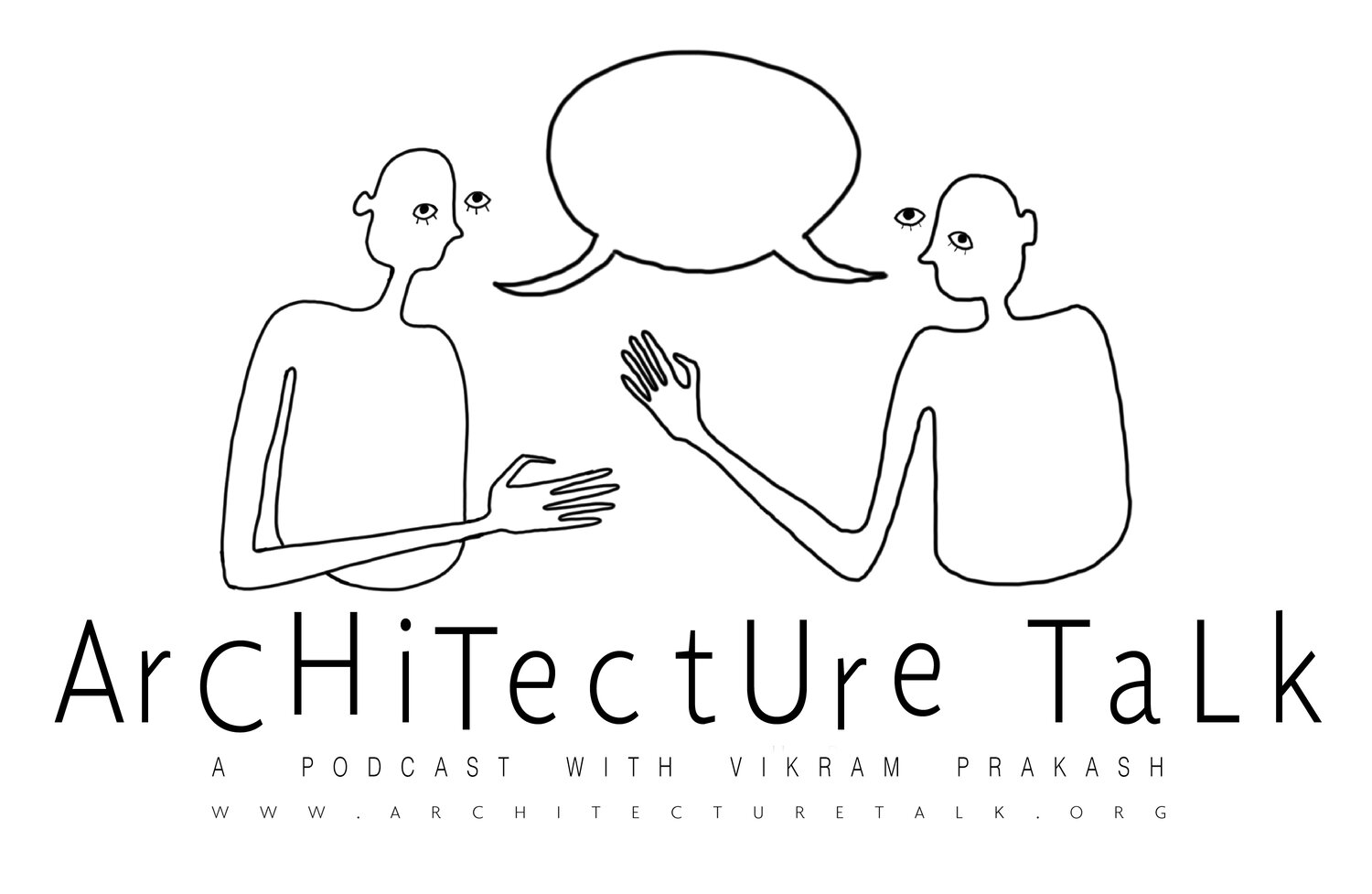108. The Idea of India with Sunil Khilnani
Original Drawing by Tori Haynes
“Even though it had come through the experience, the violence, and the injury of colonialism, what came through was a conception that India is not a victim...India was not withdrawing and retreating into a kind of nativism...it was starting to articulate an alternative form of universalism...These ideas had to be performed and Chandigarh was part of that performance...”
Sunil Khilnani
How do ideas travel across the world? How do ideas change? Why do they change? This week, we contemplate these questions in the mid-century context of the emerging Indian nation-state in the 1950s into the contemporary cultural climate we see today. Sunil Khilnani is professor of politics and history at Ashoka University and author of the book The Idea of India.
Timestamp Outline
The Idea of India (book) by Sunil Khilnani
Vikram asks Sunil about his affinity for and connection to architecture
“Architecture is about making physically visible a variety of ideas: whether its ideas about power, the cultural substance of a society, ideas about hierarchy and the order and control of a society, and sometimes even conflict…in the context of the history of India, where texts only give us some access to whats going on...the built environment is a form of text...I’m interested in how it gets written at different times and how it gets read at different moments...and the attempt to rewrite and reread…” SK
Vikram makes the point that Stupas and other monuments functioned as billboards for religious messaging...a way of turning abstract ideas, like the Sutras, into material symbols.
Sunil and Vikram converse about the billboard/advertisement qualities of monuments and temples. They also function as an instrument of the hierarchical controls of a society. They also allow one to be in physical intimacy with these religious ideas...but it brings about the questions: who controls the thresholds into these spaces? Who gets to be within the inner sanctum of these spaces, or who gets to be physically intimate with these manifestations of religions? Who are the gatekeepers?
In these spaces, the individual, the hierarchic order, the cosmos are all woven together
What should the Indian style be? This was the question asked as newly independent India (under Jawaharlal Nehru’s direction) forged its new identity through architecture, a new constitution, and other cultural entities. One manifestation of this came in the form of a new capital city named Chandigarh designed by Le Corbusier. What was this gesture trying to communicate to the rest of the world?
“Even though it had come through the experience, the violence, and the injury of colonialism, what came through was a conception that India is not a victim...India was not withdrawing and retreating into a kind of nativism...it was starting to articulate an alternative form of universalism...These ideas had to be performed and Chandigarh was part of that performance...” SK
Vikram asks Sunil to go into his thinking more about the Indian Experiment as a kind of alternate democracy, alternate vision of universalism
“The emergence of India as a nation-state committed to democracy was completely unexpected…” SK
Discussion of the compromises of the modern Indian nation-state
“Diversity is not a ‘given,’ it is hard work… We’ve tended to believe our own myths too much...part of the problem is that laws, legal structures, rights decay if they are not constantly fought for...and I think that’s partly what we’re seeing today.” SK
“The idea of India is the commitment to revisability...its not a fixed idea...it’s not anchored in one identity whether its a religion or language or region or ethnicity or whatever it might be…it’s a constant argument.” SK
Secularism in North America versus in India
Discussion of Sunil’s scholarly interests: How do ideas travel across the world? And how do ideas change and why do they change?
“Nothing dates itself more than ideas of the future.” SK
Discussion of midcentury modern furniture
Discussion of the culture of recycling and repurposing
How do you make old buildings new again? How do you re-energize and repurpose older structures?
“If you want to be the kind of society that produces knowledge, you have to value pure theory, that’s what produces the usefulness of useless knowledge.” SK
“Architecture is far too important to be left simply to the architects.”SK






